more photos in my blog http://elsibaby.blogspot.ru/
1.Augustus
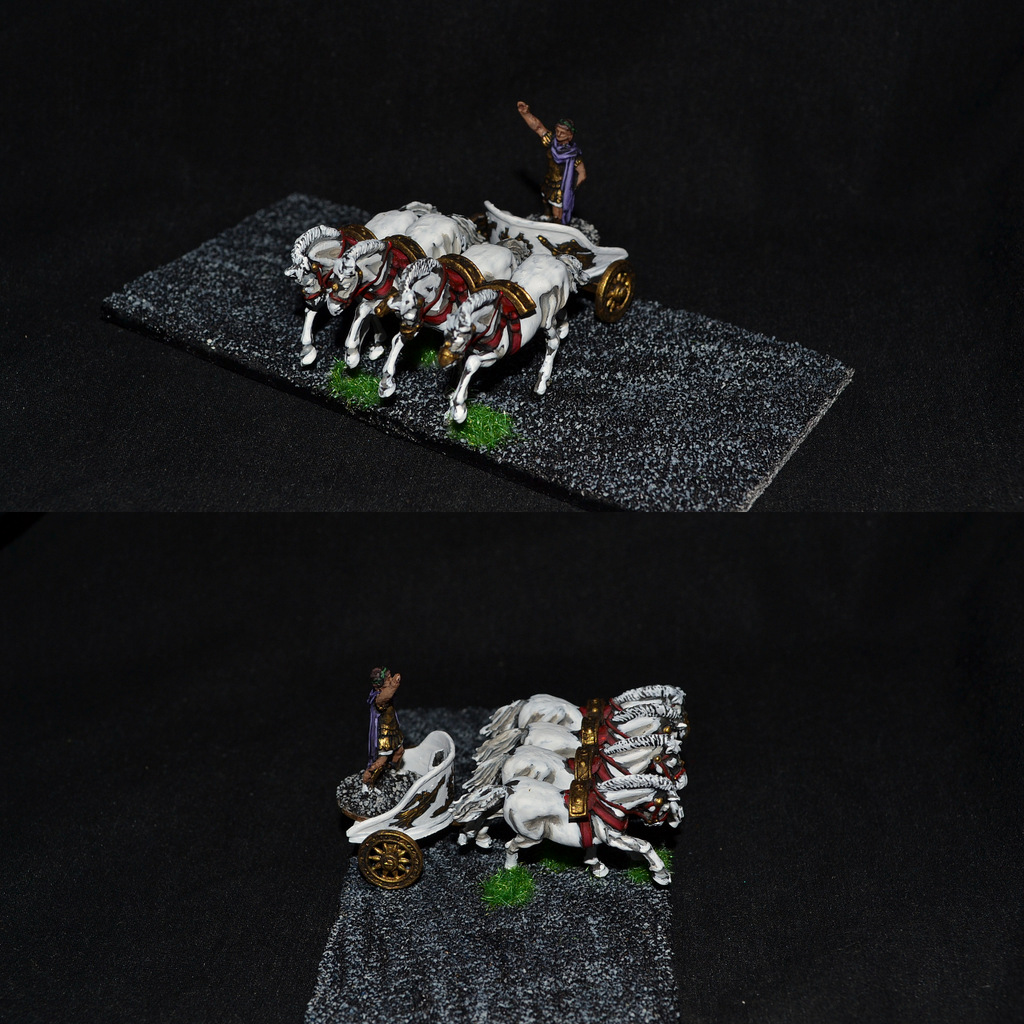
2.Marcus Aurelius
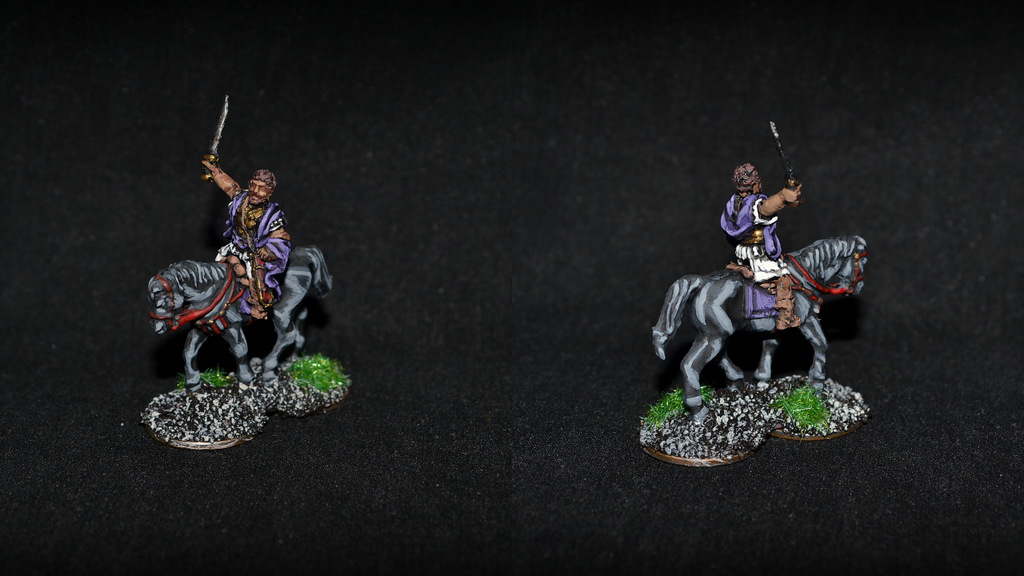
3.Trajan
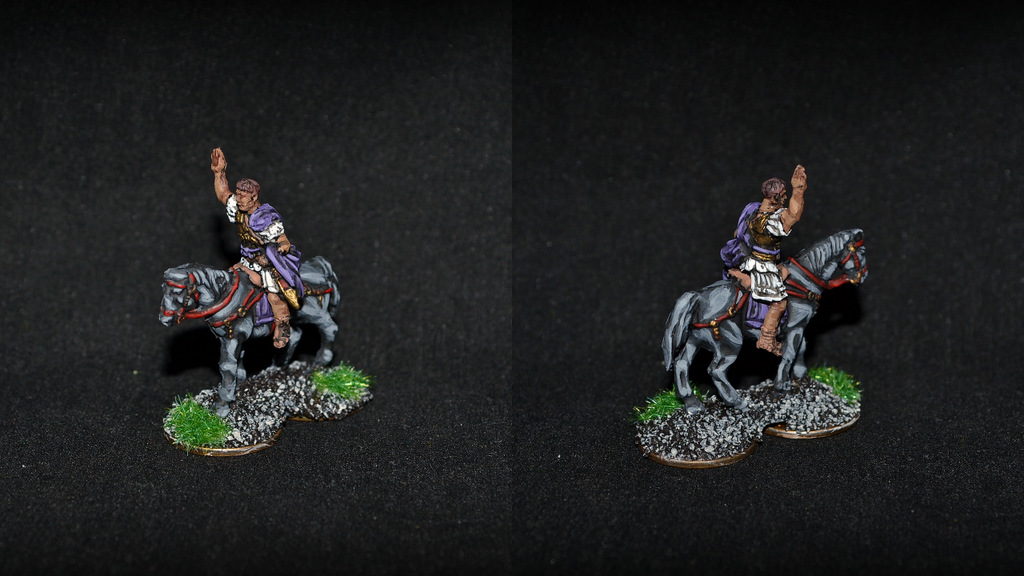
4.Hadrian
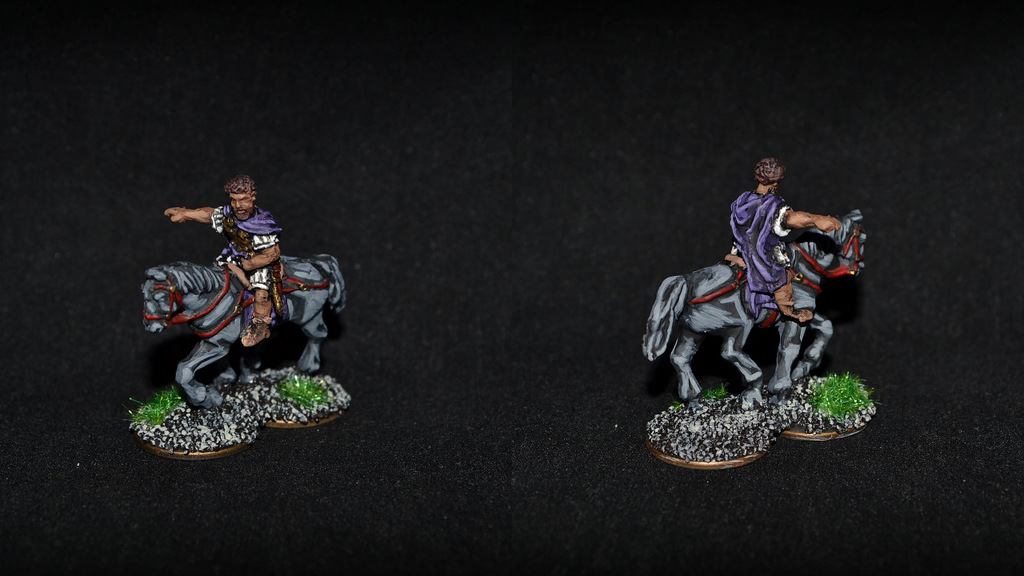







 Supporting Member (Gold)
Supporting Member (Gold) 

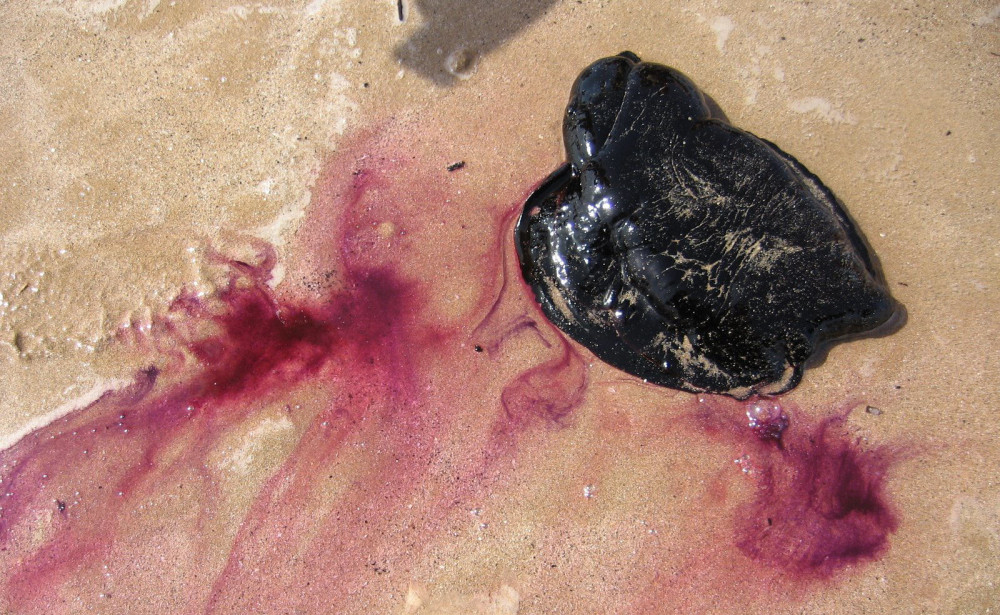



 Supporting Business
Supporting Business
Bluefalchion wrote:Also, a garment may look a certain way when it is freshly dyed, but what if it has been worn outdoors for months or years?


Mr. Cryns wrote:
And this is the Murex snail, of which Purple was made.






Bluefalchion wrote:poor elsi!
He posts some great pics of painted Roman Emperors and then this thread becomes a doctoral dissertation on the dying processes of late antiquity! I, for one, love it, though. It gives me the opportunity to pose this question: what color were the Emperor's robes?

sberry wrote:The question for the color of the emperor's robes: The basic color for a gentleman with taste and style would have been white. Anything too colorful might appear decadent, feminine or Oriental in Roman eyes - an impression that an emperor should avoid, if possible.

Susofrick wrote:I recognize Augustus and his wagon from somewhere, who made these?


FredG wrote:that mosaic of Justinian I can't be used to demonstrate the real colour.
FredG wrote:Annoying isn't it
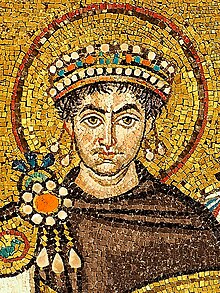



FredG wrote:Tyrian purple does not fade with age, it is believed the purple intensifies rather than fades
sberry wrote:which can become a curse, because what if the so-called specialist turns out to be completely clueless?
sberry wrote:Enter modern chemistry.
sberry wrote:Purple snails can also yield plain indigotin, which is a blue dye – it is exactly the stuff that is used for dying blue jeans.
FredG wrote:The natural Indigo dye has a vegetative origin (Indigofera tinctoria) and came mainly from India.

Bluefalchion wrote:poor elsi!

 Supporting Business
Supporting Business